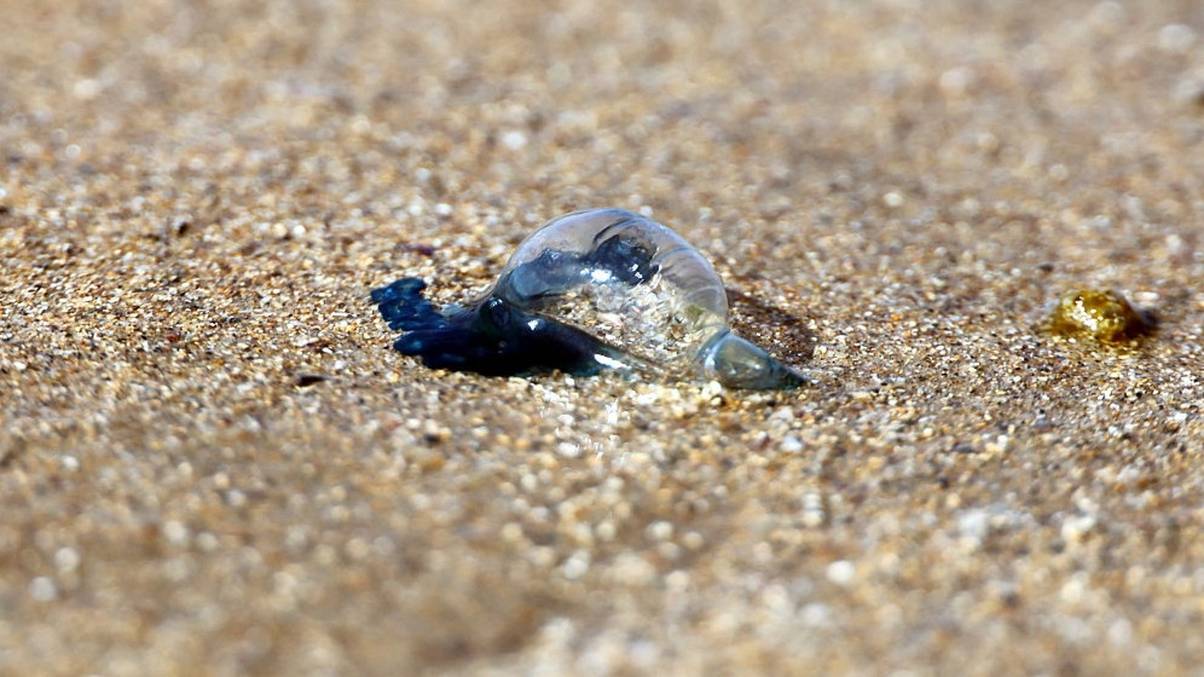The Invisible Threat: How a “Forever Chemical” is Silently Invading Our Lives and Escalating Beyond Control
Ever get the feeling that every sip of water or breeze you catch might just be laced with some mystery chemical guest? Yeah, me too—and it turns out, there’s one particular villain in our environment that’s crashing the party everywhere, from your tap to the very rain falling outside. This “forever chemical,” known as trifluoroacetic acid (TFA), earns its name not just because it’s stubborn as heck, but because it’s almost impossible to evict from our ecosystem once it moves in. What’s crazier? It hitchhikes through rain, dust, even the food we munch on, potentially setting up camp inside our own bodies. Scientists are now scratching their heads, asking just how worried we should be about this uninvited guest—especially since it’s spreading faster than your favorite viral meme. Ready to dive into a tale of chemistry, controversy, and maybe a dash of doom? LEARN MORE.
It can feel like every day brings a new warning about toxins, chemicals or microplastics to be aware of in our ecosystem and bodies.
Now there’s new evidence which shows that one particular human-made compound is even more widespread than originally thought.
Referred to as a ‘forever chemical’ it is nearly impossible to take out and is found in everything from our drinking water, to house dust, falling rain and in the organs of animals.
Simply put: it’s everywhere, and it’s very difficult to break down or remove, and scientists are as concerned about this as microplastics, which can even be found in your cup of tea.
As it is in so much of our surroundings, this substance is more than likely in your blood and body now.
Scientists are working to figure out just how worried we should be about the ‘forever chemical.’

The substance is often found in drinking water (Getty Stock Images)
Known as trifluoroacetic acid, or TFA for short, it belongs to a class of materials known as per- and polyfluoroalkyl substances (PFAS).
These substances are renowned for being difficult to break down and for how long they linger in our environment, earning them the ‘forever chemical’ name.
They consist of carbon–fluorine bonds, which is one of the strongest bonds around.
TFA is also highly soluble in water, and is often found in rain water and our drinking water.
The fact it is so soluble means it moves through the environment easily.
So, where do they come from? Some corporations argue that TFA can form naturally, but scientists insist it mostly enters the environment via human activity.
It often forms when other PFAS break down, for example from the gases which are used for cooling purposes in fridges, air conditioners and cars.
These substances were originally created to try and save the ozone, as they were developed to replace CFCs.

Some countries have moved to have TFA classified as a toxin which could impact fertility (Getty Stock Images)
A review was published in Environmental Science & Technology, which analysed the TFA levels found in rain, soil, human blood, plants, food, and drinking water.
The research found TFAs are ‘increasing irreversibly’ and we must aim to reduce the levels ‘as soon as possible to protect future generations from potential irreversible effects.’
David Behringer is an environmental consultant with expertise in chemical pollutants, and he told the Guardian: “Everywhere you look it’s increasing. There’s no study where the concentration of TFA hasn’t increased.
“If you’re drinking water, you’re drinking a lot of TFA, wherever you are in the world … China had a 17-fold increase of TFA in surface waters in a decade, the US had a sixfold increase in 23 years,” he explained.
Several other studies have found risks related to liver toxicity, and also found it often appears in plant-based food, as it forms easily in plants.
Some other forever chemicals are considered to be carcinogens and increase the risk of cancers, however, not enough is known about TFA and the risk it poses.
Some scientists believe it may impact human reproduction and fertility, and in May of this year, Germany’s Federal Office for Chemicals asked the European Union’s (EU) chemical regulator for TFA to be classified as a reproductive toxicant.
Sarah Hale, who is an environmental researcher, told E&E News: “It’s absolutely everywhere. TFA will be the next discussion in America, I can guarantee it. It will be about how should we treat it and what should we do.”



















